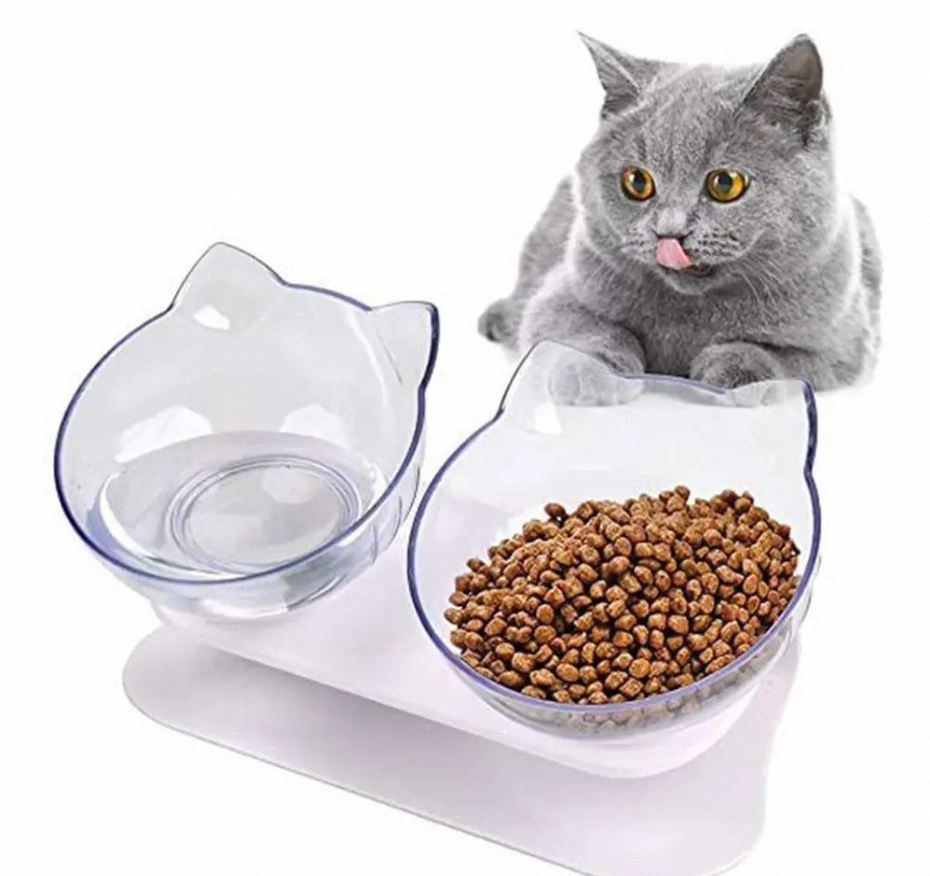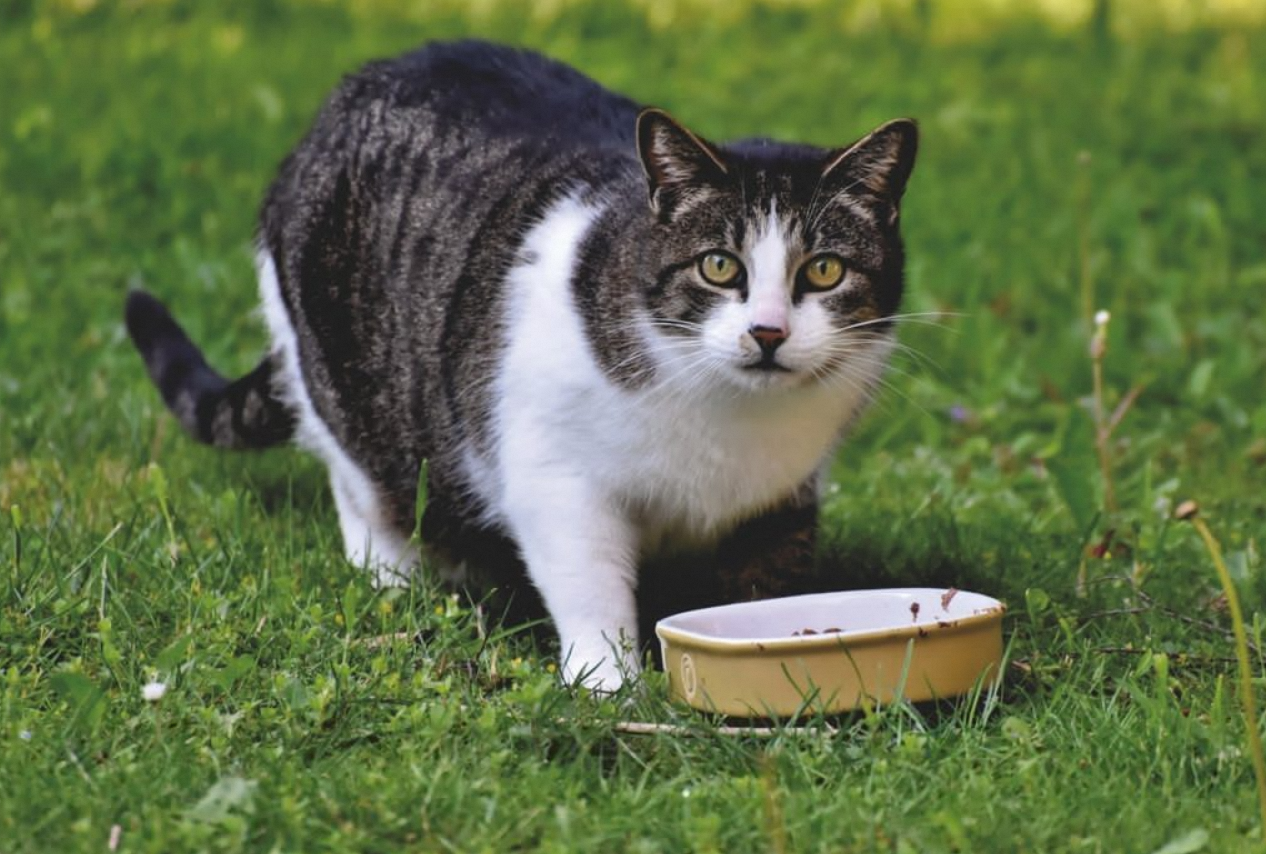Indoor and outdoor cat food refers to specially formulated cat’s food designed to meet the cat’s particular nutritional necessarily based on the cat’s living environment. Interior cat food is specifically tailored to fit the lower activity levels and potential health issues visaged by cats who live primarily indoors. Outdoor cat foods, on the unusual hand, are formulated to provide high energy needs and address the unique challenges long-faced by cats who spend a lot of time outdoors, such as exposure to various situation factors and increased physical activity. These specialized foods are designed to support your cat’s boilersuit health and well-being based on their particular living conditions.
When choosing cat food, understanding the differences between interior and outdoor cat food is material to providing the best nutrition for your feline friend. Indoor and outside cats have unusual lifestyles and require different nutritional considerations. So, what’s the remainder between interior and outdoor cat‘s food? How do you decide which one is best for your cat? Let’s dig into the details to find out which option is best for your cat’s necessity and environment.
In This Article
The difference between indoor and outdoor cat food
 The main difference between interior and outdoor cat food is the formula, which is customized to meet your cat’s specific needs based on his lifestyle. Here are some of the main differences:
The main difference between interior and outdoor cat food is the formula, which is customized to meet your cat’s specific needs based on his lifestyle. Here are some of the main differences:
- Calorie content:
Interior cat food is generally lower in calories than outdoor cat food. This is because outdoor cats tend to have high energy needs due to increased physical activity. - Protein and Fat Levels:
Outdoor cat foods typically hold high levels of protein and fat to subscribe the energy needs of active outdoor cats. Indoor cat foods may contain lower amounts of these nutrients to keep weight gain in less active indoor cats. - Fiber content:
 Indoor cat foods contain higher levels of fiber to help control hairballs since interior cats groom themselves more oftentimes and are prone to hairballs.
Indoor cat foods contain higher levels of fiber to help control hairballs since interior cats groom themselves more oftentimes and are prone to hairballs. - Nutrient density:
Exterior cat food has a higher nutrient density to compensate for the higher vim expenditure of outdoor cats. This ensures they achieve satisfactory nutrition despite increased activity levels. - Immune system of rules support:
Outdoor cat foods also contain additional antioxidants and vitamins to subscribe the immune system, since outdoor cats are exposed to a wider range of state of affairs and potentiality pathogens. - Joint and muscle support:
Almost outside cat food formulas may contain added ingredients like glucosamine and chondroitin to support joint health and mobility, which can be beneficial for outdoor cats who engage in more physical activity.
It’s important to note that these differences are not unconditional rules, and there is some lap between indoor and outdoor cat food recipes. Every cat is unique, so factors so much as age, health, and personal undefined requirements must be considered when choosing the most suitable food. It is always recommended to consult a veterinarian to ensure your cat’s nutritionary necessarily are met.
Is indoor cat food worth buying?
Food for indoor cat is especially formulated to meet the unique needs of indoor cats. Although it may be worth it for some interior cats, the decision ultimately depends on a variety of factors as the cat’s age, health, activity level, and dietary requirements.
 Here are some reasons that indoor cat food is beneficial:
Here are some reasons that indoor cat food is beneficial:
Weight Management: Indoor cats often have a sedentary lifestyle, which can lead to weight gain and obesity. Indoor cat foods are often formulated with lower calories and higher fiber to keep a healthy weight.
Hairball Control: Indoor cats groom themselves more frequently, causing the risk of hairballs to increase more quickly. Foods for indoor cats often contain added fiber to make hairballs under control by promoting healthy digestion and reducing hairball formation.Digestive health: Since indoor cats have less exposure to the outside elements, their digestive systems may be more sensitive. Indoor cat food often contains ingredients that are very digestible and prebiotics to support optimal digestive health.
Dental Care: It’s more likely for indoor cats to meet dental problems because of the lack of cancel tooth cleaning activities. Some indoor cat food are made into specially designed shapes that dental can be healthy. Other benefits for dental mentioned in the product description will be occur.
Can outdoor cats eat indoor cat food?
 While outside cats can eat indoor cat food in theory, the specific nutrients that support their lifestyle and health can’t be provided. Exterior cats tend to have higher vim needs due to increased natural science activity and various complicated environmental factors. Outdoor cat foods are formulated to meet these specific needs, often with higher calorie and protein content, as well as additional nutrients to support their immune system, joint health, and skin and coat condition.
While outside cats can eat indoor cat food in theory, the specific nutrients that support their lifestyle and health can’t be provided. Exterior cats tend to have higher vim needs due to increased natural science activity and various complicated environmental factors. Outdoor cat foods are formulated to meet these specific needs, often with higher calorie and protein content, as well as additional nutrients to support their immune system, joint health, and skin and coat condition.
It’s difficult to feed exterior cats indoor food to provide them with sufficiency vitality and nutrients. Malnutrition or weight direction issues can be arise. It is often recommended to provide them with correct food specifically developed for their needs. However, it is always recommended to consult with your veterinarian to undefined the most proper diet for your outdoor cat based on his or her requirements and health status.
Should outdoor cat eat more than an indoor cat?
In general, outside cats may need slightly more food compared to indoor cats due to their raised energy expenditure. Outdoor cats engage in more physical activities like hunting, climbing, and exploring, which will burn more calories. However, the differences in food amounts between interior and outdoor cats are not apparent for all cats, as individual factors so much as age, metabolism, and overall health will also determine their specific undefined needs.
 It’s important to monitor your cat’s weight and body condition regularly. If an outdoor cat appears to be losing weight or has a higher activity level, it’s necessary to incorporative the food allot size or shift to a higher-calorie outdoor cat formula. However, be careful not to overfeed, as obesity tin lead to versatile health issues.
It’s important to monitor your cat’s weight and body condition regularly. If an outdoor cat appears to be losing weight or has a higher activity level, it’s necessary to incorporative the food allot size or shift to a higher-calorie outdoor cat formula. However, be careful not to overfeed, as obesity tin lead to versatile health issues.
Whether your cat is an indoor or outdoor cat, food inevitably to provide the staple nutrients the cat needs, including protein, fats, carbohydrates, and vitamins. Focus on your cat’s needs when choosing the perfect food. Every cat has unique needs and wellness conditions, so choose the correct food based on their action level, age, and health.
